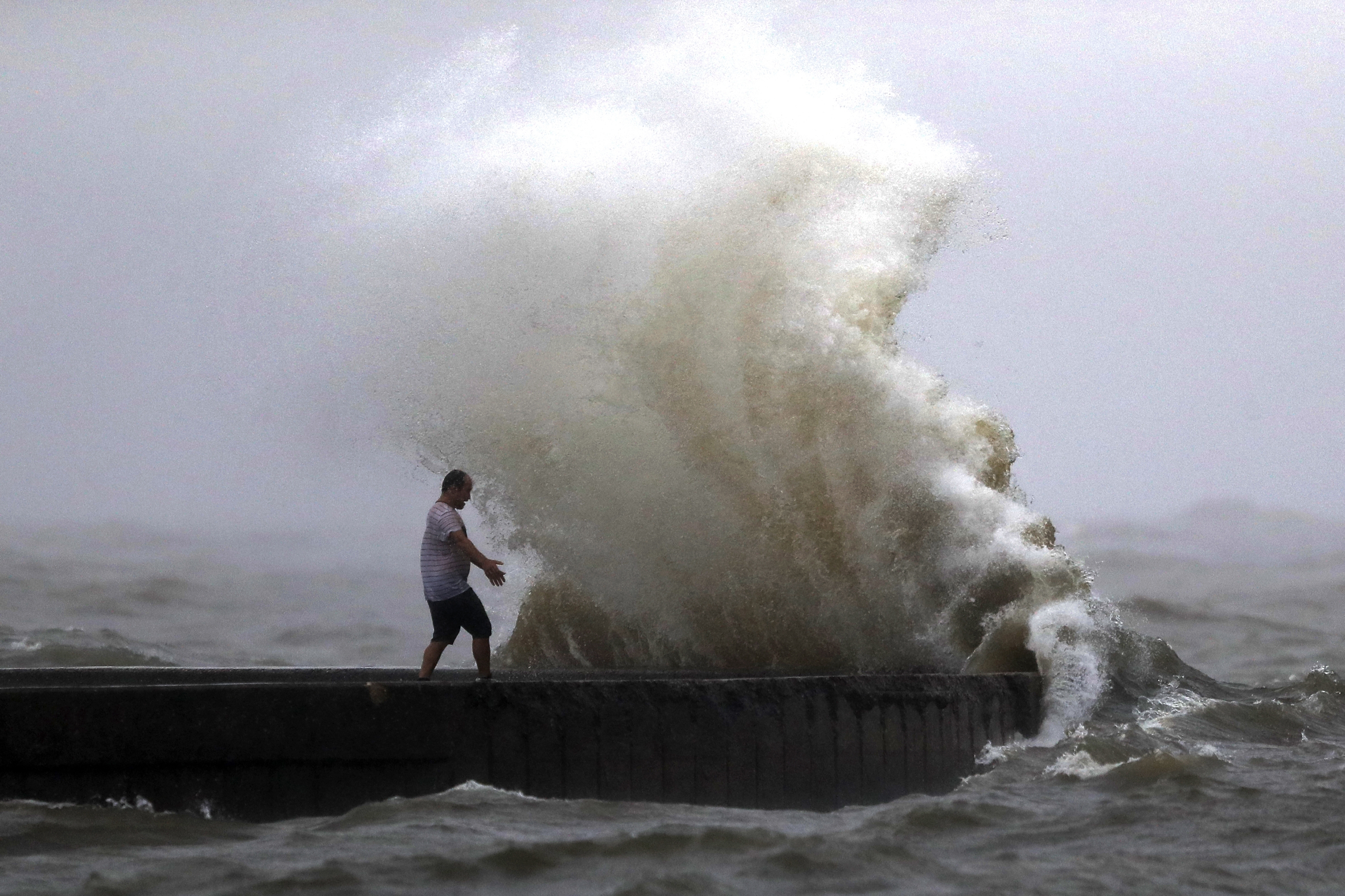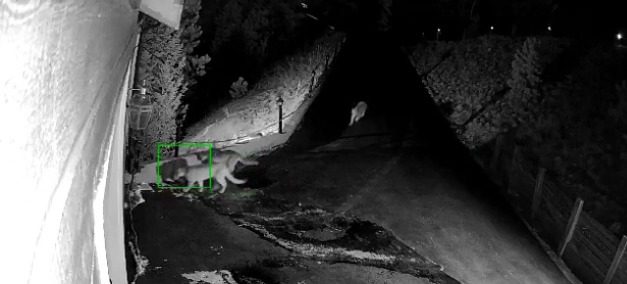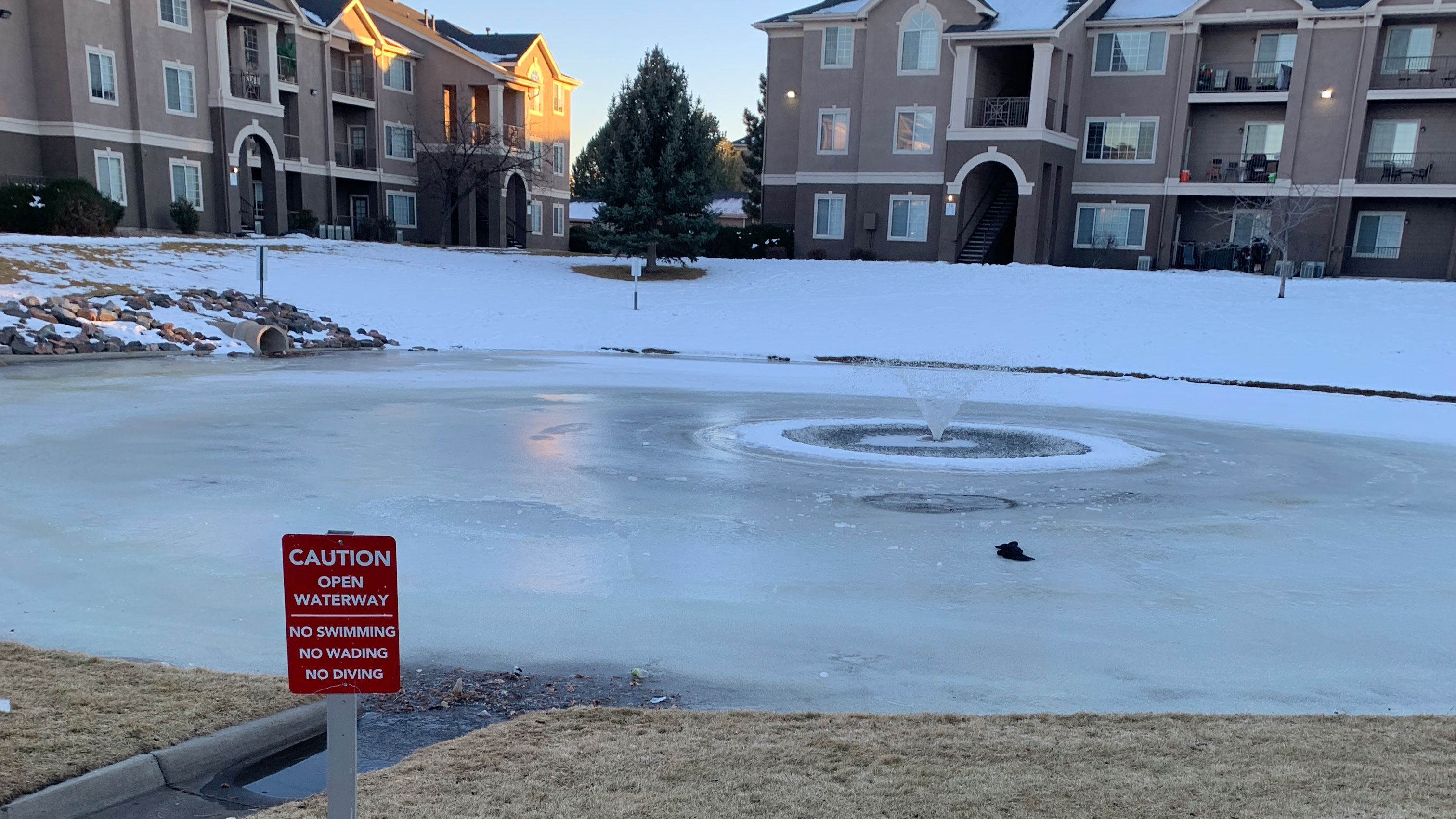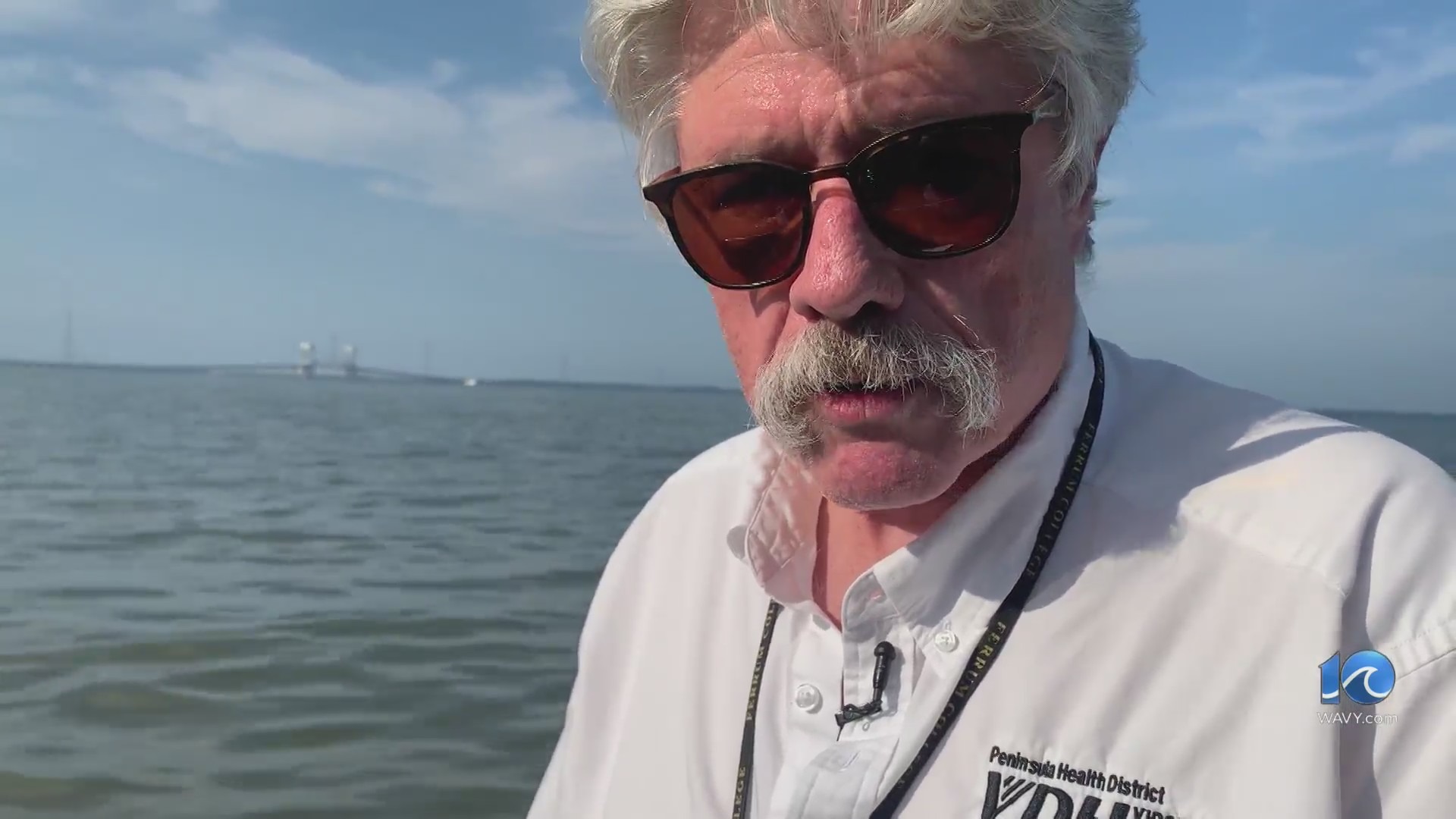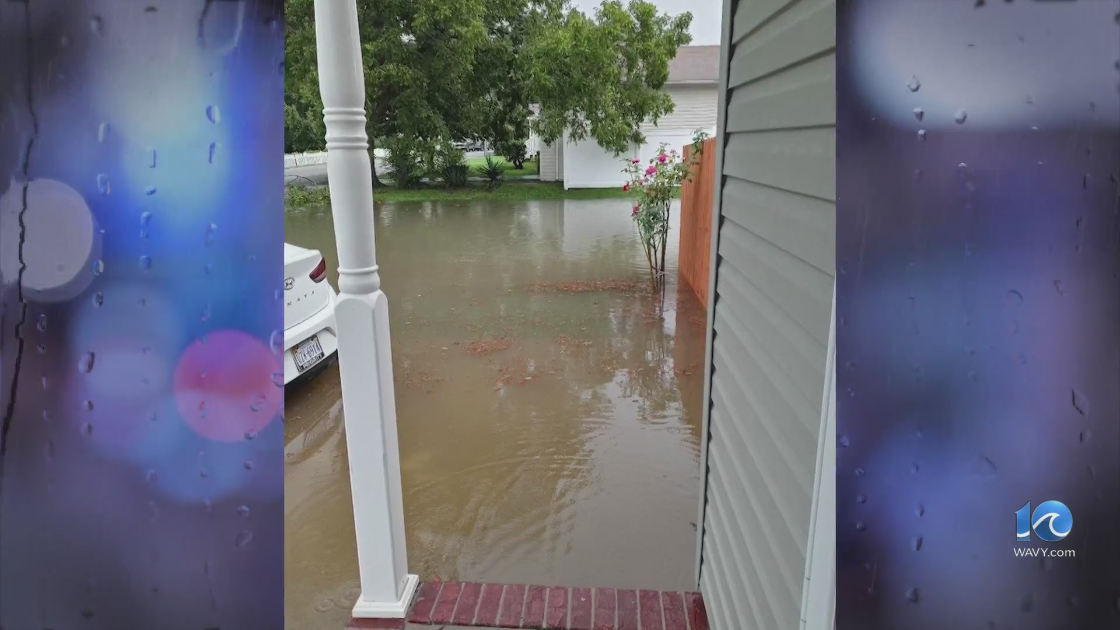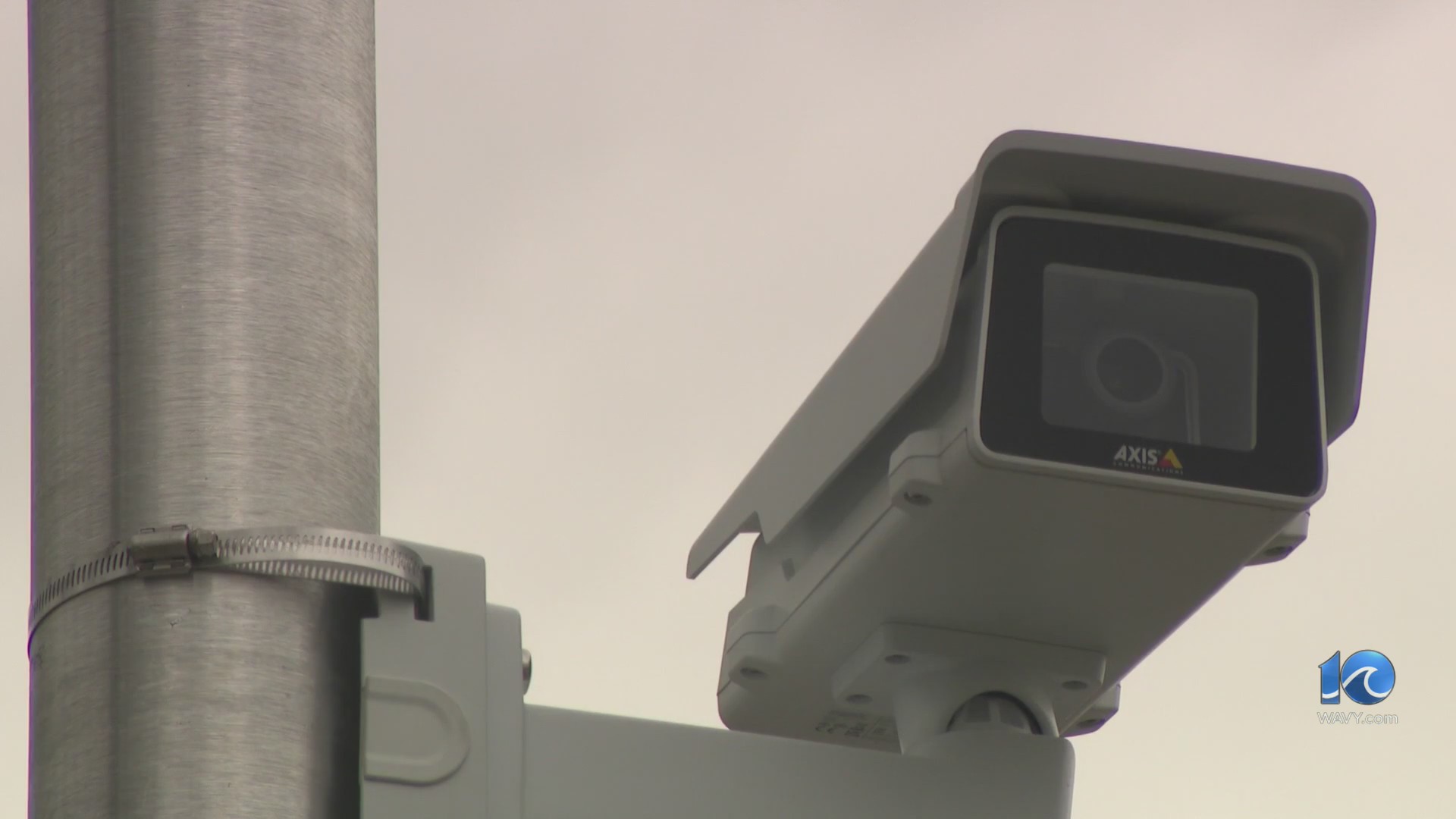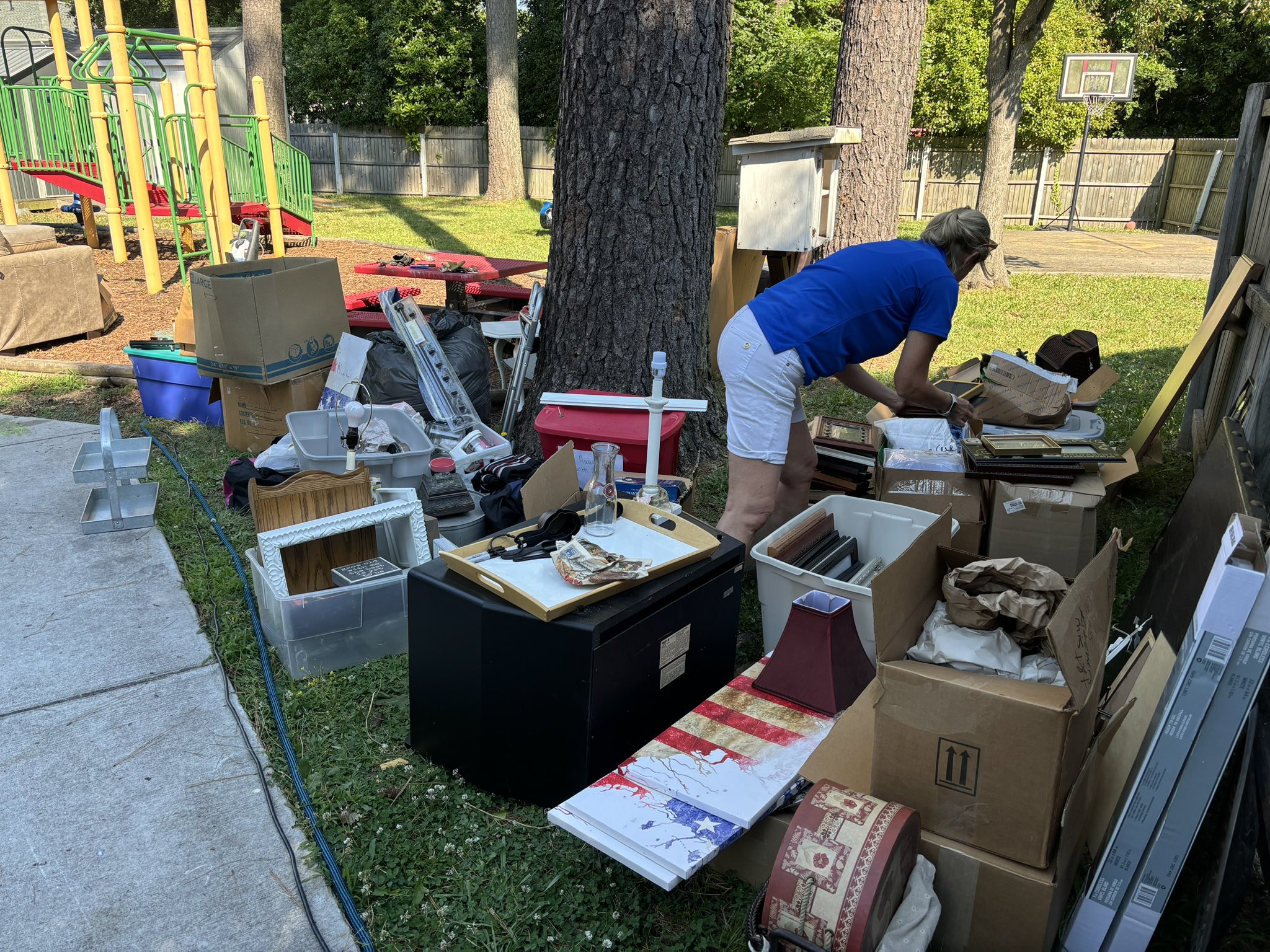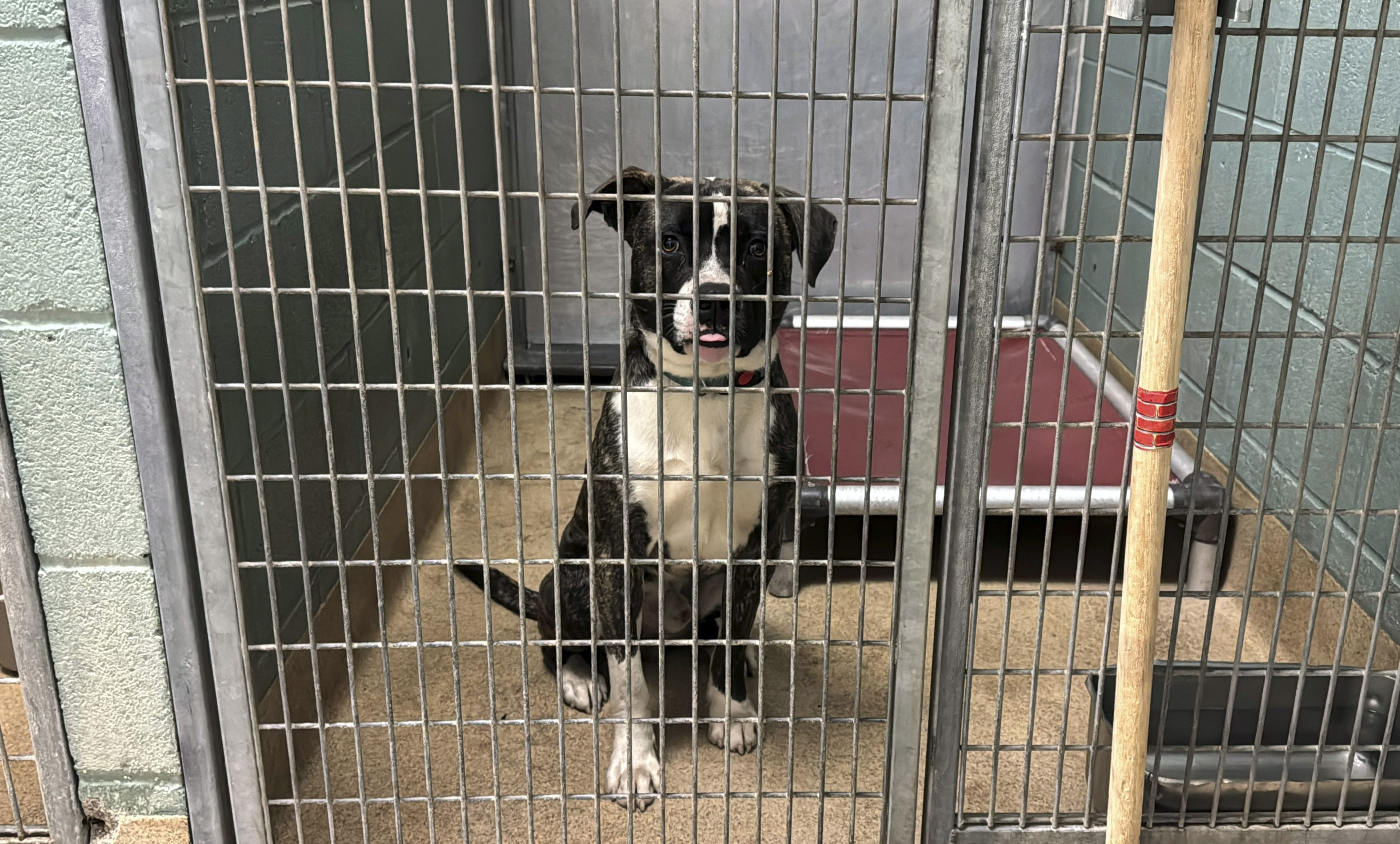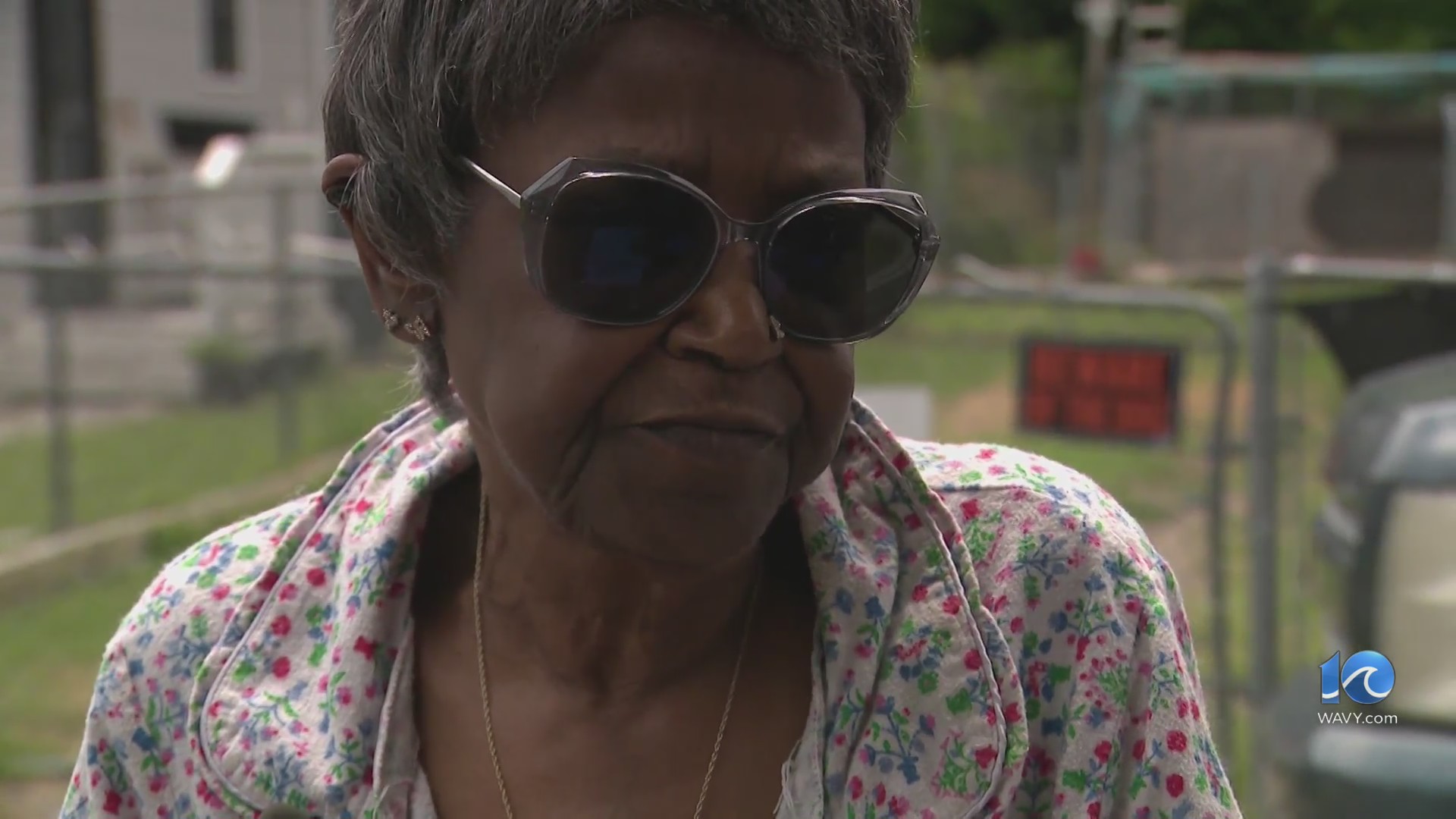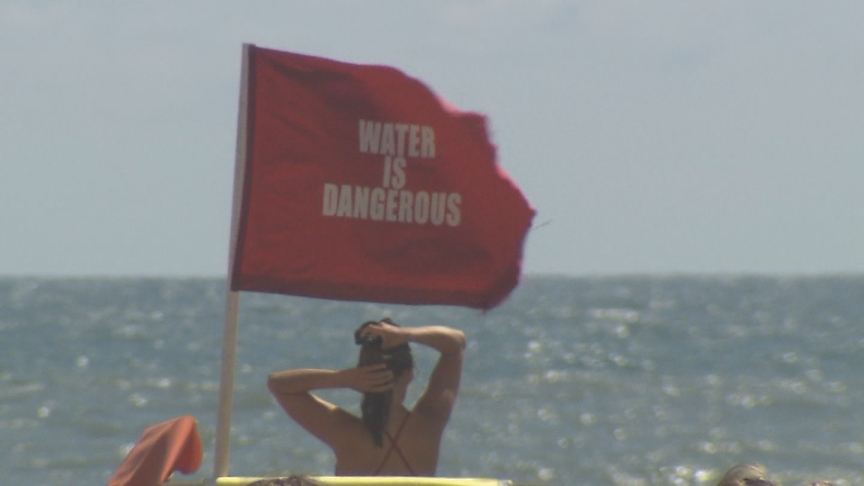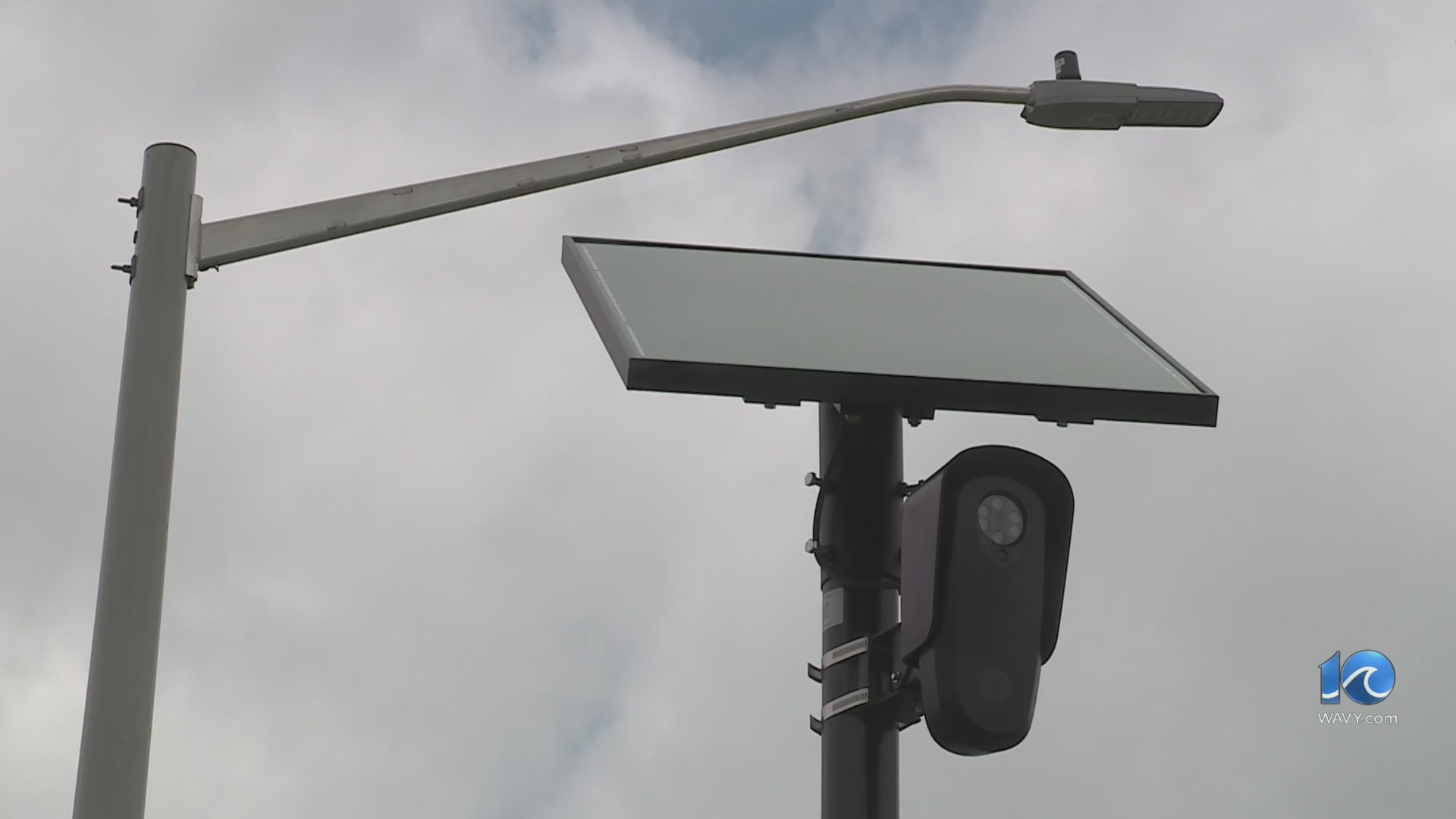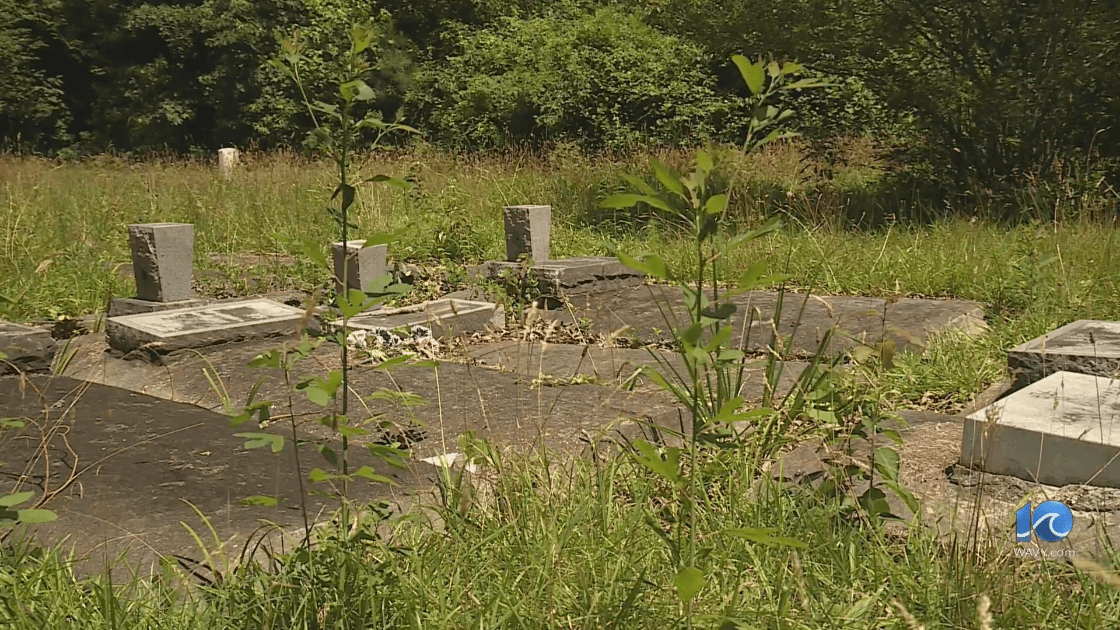CAPE HATTERAS, N.C. (WAVY) — After two leatherback turtle nests were found along the Cape Hatteras Seashore, National Park workers want to spread the word about what visitors should do if they encounter a nest.
This is the first time the area has seen two leatherback nests in one season since the National Park Service started keeping records in 1985. The nests were found in Avon and on Ocracoke Island.
According to the National Park Service, leatherbacks are the largest sea turtle species living today, weighing up to 2,000 pounds, and are considered endangered on both the federal and state level.
Biologists with the seashore are able to tell what type of turtle laid a nest by looking at the tracks left by the mother. Given the nesting patterns, biologists believe the nests were made by the same mother.
In total, the Cape Hatteras National Seashore has recorded at least 119 nests so far this year, with the majority being loggerheads. July is known as the busy season for nesting, so biologists are expecting the total to increase.
Biologists are urging anyone who sees what looks like tractor tracks going from the water to an unmarked site near the dunes to give the National Park Service a call at 252-473-2111.
Cape Hatteras National Seashore shared video with WAVY 10 of a Kemp’s ridley sea turtle covering her nest on Hatteras Island.
“So let’s say a turtle crawls on the beach and then we get a huge rainstorm,” Cape Hatteras National Seashore Biological Science Technician Paul Doshkov said. “After that, it could erase some of the tracks. So if somebody were there before the fact and actually saw the track happening out here, we encourage everyone to call those into our hot line.”
Beach goers are also asked to stop digging large holes in the beaches and to make sure to not leave any trash or furniture behind, as this can create obstacles for sea turtle mothers and babies.
